World News
Blinken says ‘we need to do more’ to protect Palestinian civilians on November 3, 2023 at 3:04 pm
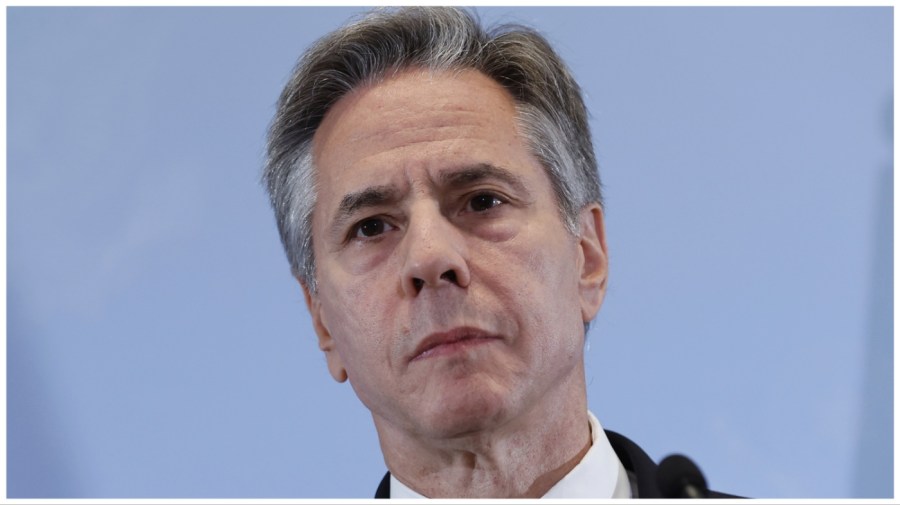
Secretary of State Antony Blinken said Friday “we need to do more” to protect civilians in Gaza after deadly Israeli strikes have killed around 9,000 people since early October, when Israel launched a major war against Palestinian militant group Hamas.
Blinken told reporters at a press conference in Tel Aviv that the U.S. was committed to working with Israel to minimize civilian deaths, describing how he has been moved by photos of suffering in Gaza.
“I’ve seen images to of Palestinian children, young boys and girls pulled from the wreckage of buildings,” Blinken said. “When I see that, when I look into their eyes, through the TV screen, I see my own children.”
But Blinken also recounted the horrors of Oct. 7, when Hamas militants killed 1,400 people in Israel, saying it was “shocking” that the slaughter had “receded so quickly in the memories of so many.”
Amid Israel’s retaliatory attacks, Blinken said Hamas uses civilians “monstrously” as human shields and does not care “one iota” about its people.
“But civilians should not suffer the consequences for its inhumanity and its brutality,” the secretary of state said.
Blinken said the U.S. has been working with Israel to minimize civilian deaths and that Washington has been “clear” that it is important for Israel to conduct its campaign to defeat Hamas by following the laws of war.
“It’s the right and lawful thing to do. It matters because failure to do so plays into the hands of Hamas and other terror groups,” Blinken said. “There will be no partners for peace if they’re consumed by humanitarian catastrophe, and alienated by any perceived indifference to their plight. This is what binds us as human beings.”
The comments come after Israel struck a Palestinian refugee camp in the city of Jabalia in northern Gaza this week, killing at least 50 people.
Israel said it was targeting a terrorist command structure, but Palestinian health authorities claimed hundreds of civilians were injured or killed after the strike.
Civilians have also died in crossfire at churches and hospitals where they have been seeking refuge from the war, either killed by Israeli strikes or Palestinian militant rockets.
Israeli forces have now encircled Gaza City, the Hamas stronghold, as they seeks to destroy the group. Troops are already fighting in tense urban battles, Israeli officials said Thursday, and the war is expected to get more violent as ground operations expand.
Blinken said Friday that the U.S. was working on getting humanitarian aid into Gaza to help civilians, noting the roughly 100 trucks crossing daily from Egypt into the battered coastal strip is “not enough.” He pledged to “substantially and immediately” increase the flow of assistance to civilians, as the United Nations and humanitarian groups have raised alarm about a mounting humanitarian crisis, with shortages of water, food and fuel.
And a U.S. envoy is in Tel Aviv to work with Israel on potential humanitarian pauses in the war, which would temporarily stop the fighting in order to assist civilians. President Biden this week said he supported a pause for humanitarian reasons.
Blinken said the details are still being worked out, including how a pause could be prevented from benefiting Hamas and how it could help with securing the release of hostages.
“These are issues that we need to tackle urgently, and we believe they can be solved,” he said. “We’ve agreed that our teams will continue to talk about this in the days ahead.”
Israeli Prime Minister Benjamin Netanyahu said Friday that such a pause was out of the question unless Hamas releases hostages. The militants have released five hostages taken during the Oct. 7 attack but are still believed to have about 240 captives.
Secretary of State Antony Blinken said Friday “we need to do more” to protect civilians in Gaza after deadly Israeli strikes have killed around 9,000 people since early October, when Israel launched a major war against Palestinian militant group Hamas. Blinken told reporters at a press conference in Tel Aviv that the U.S. was committed…
News
US May Completely Cut Income Tax Due to Tariff Revenue

President Donald Trump says the United States might one day get rid of federal income tax because of money the government collects from tariffs on imported goods. Tariffs are extra taxes the U.S. puts on products that come from other countries.
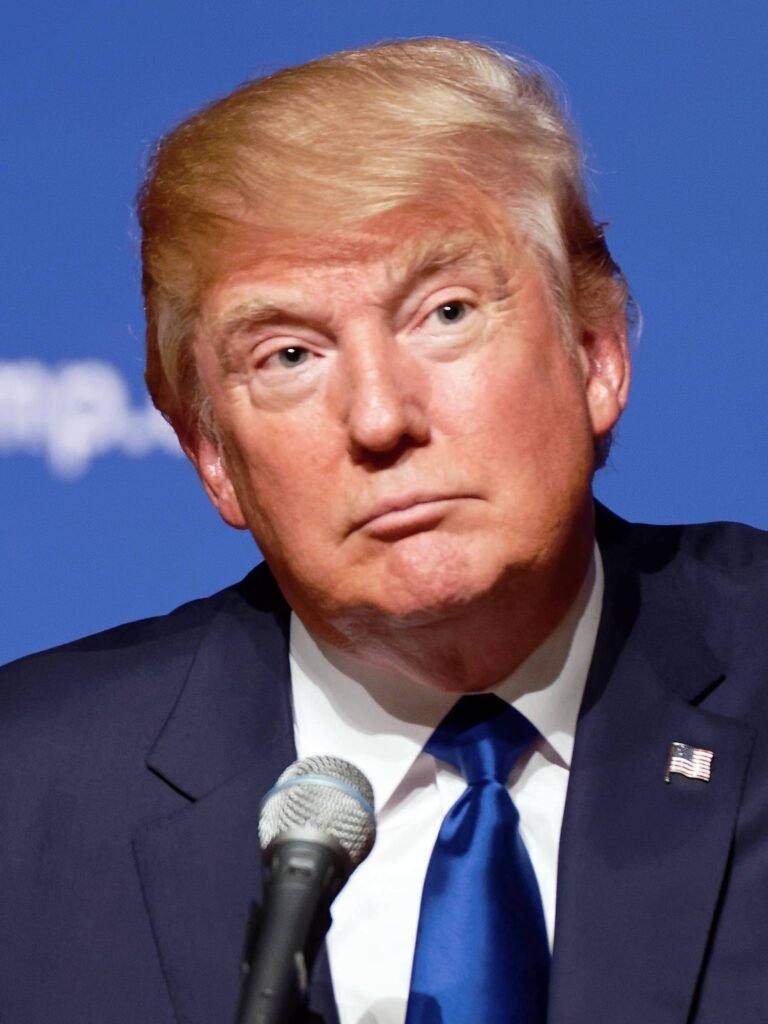
What Trump Is Saying
Trump has said that tariff money could become so large that it might allow the government to cut income taxes “almost completely.” He has also talked about possibly phasing out income tax over the next few years if tariff money keeps going up.
How Taxes Work Now
Right now, the federal government gets much more money from income taxes than from tariffs. Income taxes bring in trillions of dollars each year, while tariffs bring in only a small part of that total. Because of this gap, experts say tariffs would need to grow by many times to replace income tax money.
Questions From Experts
Many economists and tax experts doubt that tariffs alone could pay for the whole federal budget. They warn that very high tariffs could make many imported goods more expensive for shoppers in the United States. This could hit lower- and middle‑income families hardest, because they spend a big share of their money on everyday items.
What Congress Must Do
The president can change some tariffs, but only Congress can change or end the federal income tax. That means any real plan to remove income tax would need new laws passed by both the House of Representatives and the Senate. So far, there is no detailed law or full budget plan on this idea.
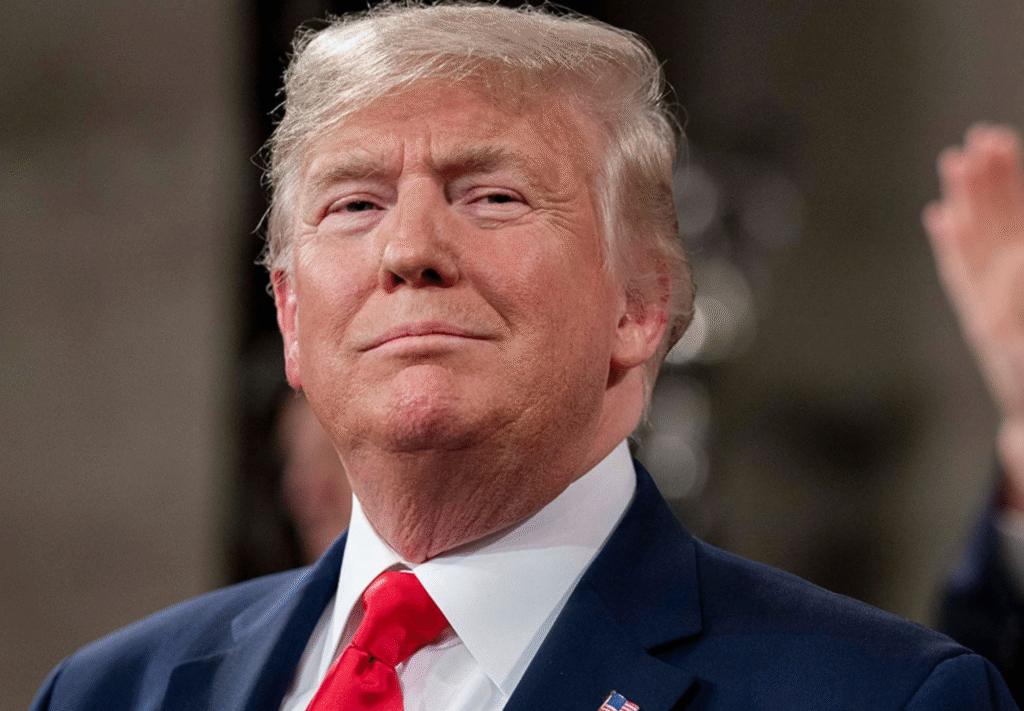
What It Means Right Now
For now, Trump’s comments are a proposal, not a change in the law. People and businesses still have to pay federal income tax under the current rules. The debate over using tariffs instead of income taxes is likely to continue among lawmakers, experts, and voters.
News
Epstein Files to Be Declassified After Trump Order
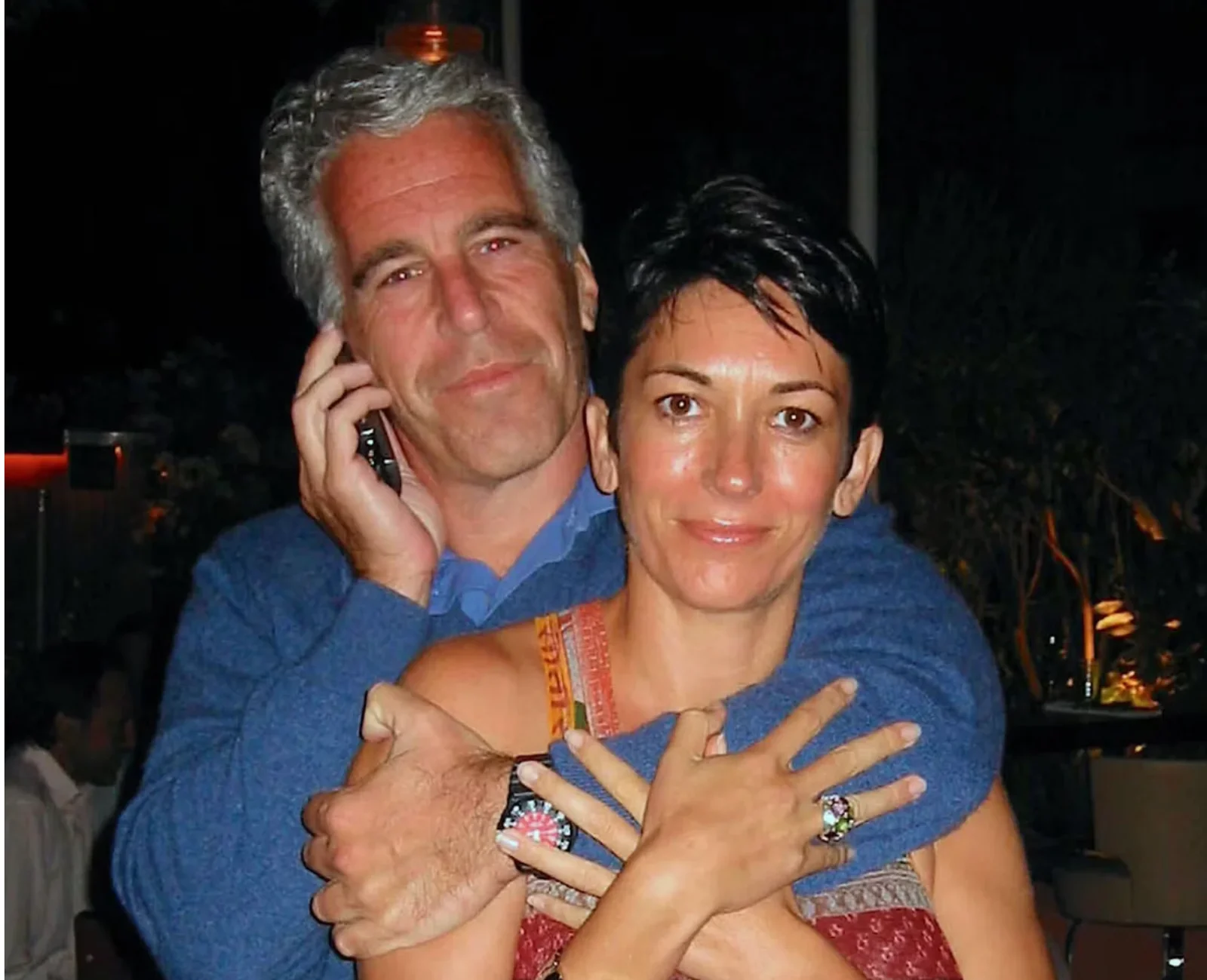
Former President Donald Trump has signed an executive order directing federal agencies to declassify all government files related to Jeffrey Epstein, the disgraced financier whose death in 2019 continues to fuel controversy and speculation.
The order, signed Wednesday at Trump’s Mar-a-Lago estate, instructs the FBI, Department of Justice, and intelligence agencies to release documents detailing Epstein’s network, finances, and alleged connections to high-profile figures. Trump described the move as “a step toward transparency and public trust,” promising that no names would be shielded from scrutiny.
“This information belongs to the American people,” Trump said in a televised statement. “For too long, powerful interests have tried to bury the truth. That ends now.”
U.S. intelligence officials confirmed that preparations for the release are already underway. According to sources familiar with the process, the first batch of documents is expected to be made public within the next 30 days, with additional releases scheduled over several months.
Reactions poured in across the political spectrum. Supporters praised the decision as a bold act of accountability, while critics alleged it was politically motivated, timed to draw attention during a volatile election season. Civil rights advocates, meanwhile, emphasized caution, warning that some records could expose private victims or ongoing legal matters.
The Epstein case, which implicated figures in politics, business, and entertainment, remains one of the most talked-about scandals of the past decade. Epstein’s connections to influential individuals—including politicians, royals, and executives—have long sparked speculation about the extent of his operations and who may have been involved.
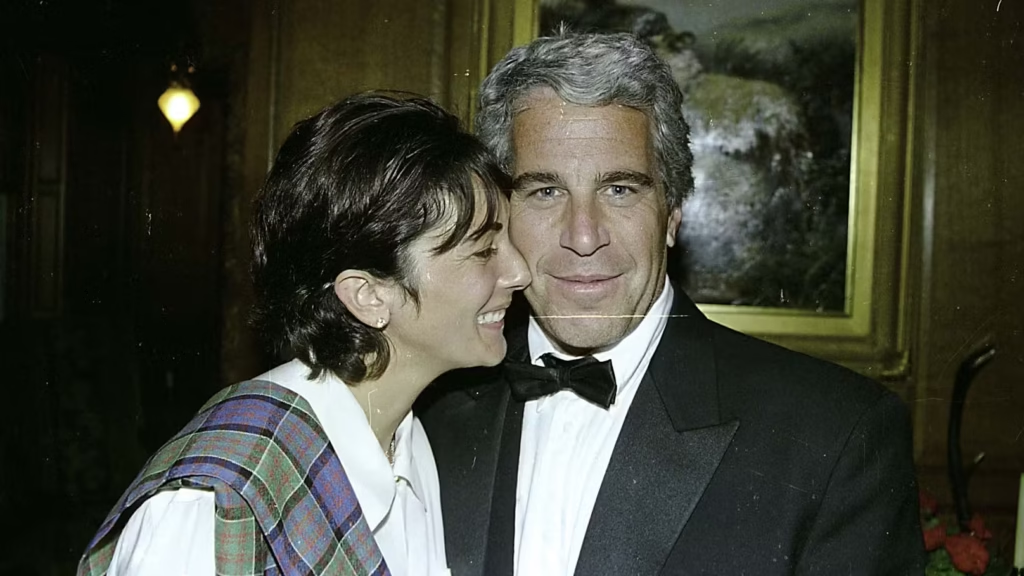
Former federal prosecutor Lauren Fields said the release could mark a turning point in public discourse surrounding government transparency. “Regardless of political stance, this declassification has the potential to reshape how Americans view power and accountability,” Fields noted.
Officials say redactions may still occur to protect sensitive intelligence or personal information, but the intent is a near-complete disclosure. For years, critics of the government’s handling of Epstein’s case have accused agencies of concealing evidence or shielding elites from exposure. Trump’s order promises to change that narrative.
As anticipation builds, journalists, legal analysts, and online commentators are preparing for what could be one of the most consequential information releases in recent history.
Politics
Netanyahu’s UN Speech Triggers Diplomatic Walkouts and Mass Protests
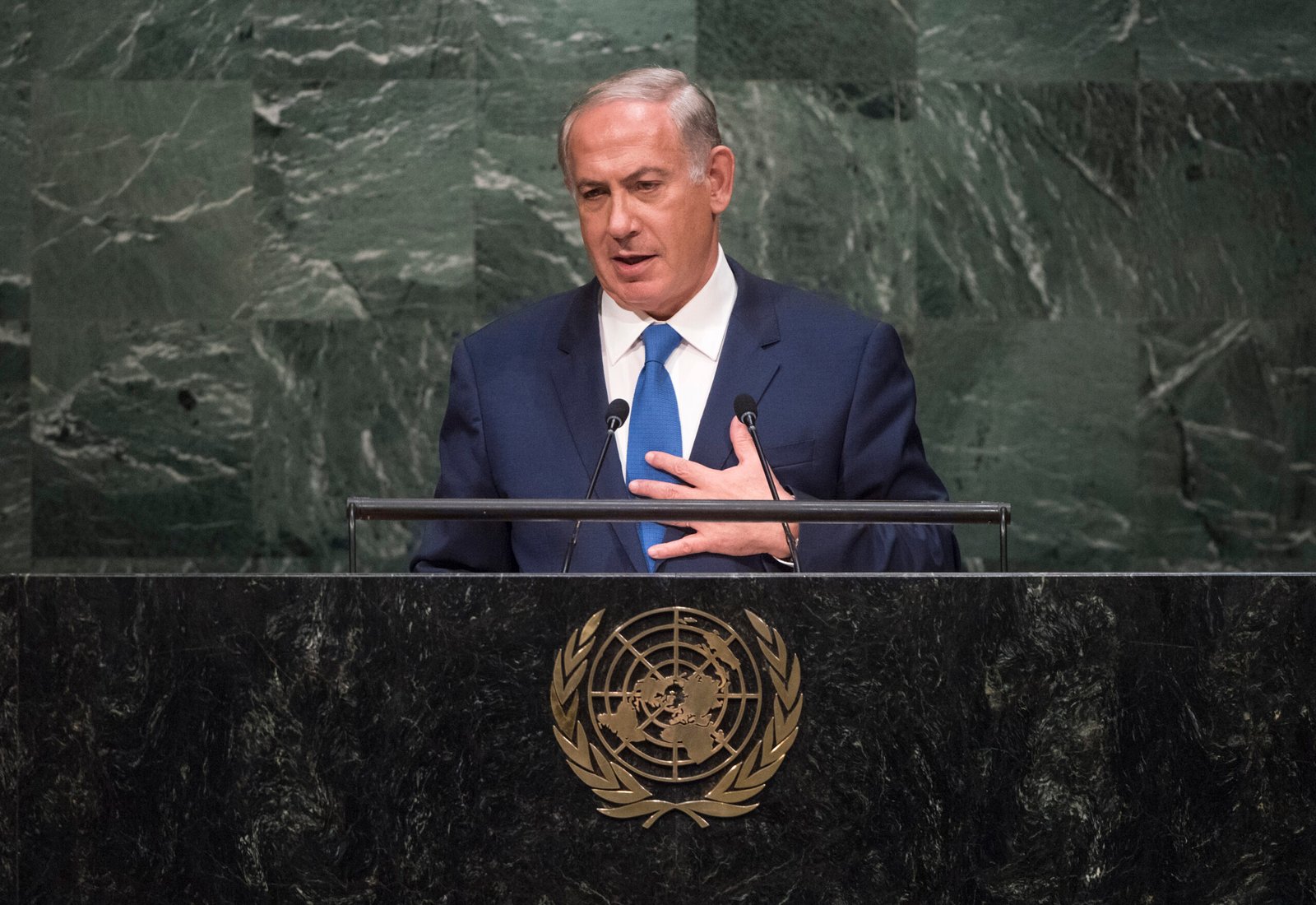
What Happened at the United Nations
On Friday, Israeli Prime Minister Benjamin Netanyahu addressed the United Nations General Assembly in New York City, defending Israel’s ongoing military operations in Gaza. As he spoke, more than 100 delegates from over 50 countries stood up and left the chamber—a rare and significant diplomatic walkout. Outside the UN, thousands of protesters gathered to voice opposition to Netanyahu’s policies and call for accountability, including some who labeled him a war criminal. The protest included activists from Palestinian and Jewish groups, along with international allies.

Why Did Delegates and Protesters Walk Out?
The walkouts and protests were a response to Israel’s continued offensive in Gaza, which has resulted in widespread destruction and a significant humanitarian crisis. Many countries and individuals have accused Israel of excessive use of force, and some international prosecutors have suggested Netanyahu should face investigation by the International Criminal Court for war crimes, including claims that starvation was used as a weapon against civilians. At the same time, a record number of nations—over 150—recently recognized the State of Palestine, leaving the United States as the only permanent UN Security Council member not to join them.
International Reaction and Significance
The diplomatic walkouts and street protests demonstrate increasing global concern over the situation in Gaza and growing support for Palestinian statehood. Several world leaders, including Colombia’s President Gustavo Petro, showed visible solidarity with protesters. Petro called for international intervention and, controversially, for US troops not to follow orders he viewed as supporting ongoing conflict. The US later revoked Petro’s visa over his role in the protests, which he argued was evidence of a declining respect for international law.

Why Is This News Important?
The Gaza conflict is one of the world’s most contentious and closely-watched issues. It has drawn strong feelings and differing opinions from governments, activists, and ordinary people worldwide. The United Nations, as an international organization focused on peace and human rights, is a key arena for these debates. The events surrounding Netanyahu’s speech show that many nations and voices are urging new action—from recognition of Palestinian rights to calls for sanctions against Israel—while discussion and disagreement over the best path forward continue.
This episode at the UN highlights how international diplomacy, public protests, and official policy are all intersecting in real time as the search for solutions to the Israeli-Palestinian conflict remains urgent and unresolved.

 Entertainment4 weeks ago
Entertainment4 weeks agoWicked Sequel Disappoints Fans: Audience Verdict on For Good

 Entertainment4 weeks ago
Entertainment4 weeks agoAriana & Cynthia Say They’re in a ‘Non‑Demi Curious, Semi‑Binary’ Relationship… WTF Does That Even Mean?

 News4 weeks ago
News4 weeks agoMexico Bans Dophin Shows Nationwide

 Entertainment3 weeks ago
Entertainment3 weeks agoColombia’s ‘Doll’ Arrest: Police Say a 23-Year-Old Orchestrated Hits, Including Her Ex’s Murder

 Entertainment4 weeks ago
Entertainment4 weeks agoHow The Grinch Became The Richest Christmas Movie Ever

 Entertainment4 weeks ago
Entertainment4 weeks agoMiley Cyrus Is Engaged to Maxx Morando

 News4 weeks ago
News4 weeks agoUS May Completely Cut Income Tax Due to Tariff Revenue

 Business3 weeks ago
Business3 weeks agoLuana Lopes Lara: How a 29‑Year‑Old Became the Youngest Self‑Made Woman Billionaire





























